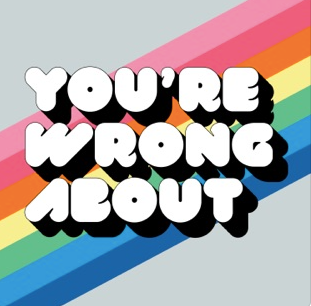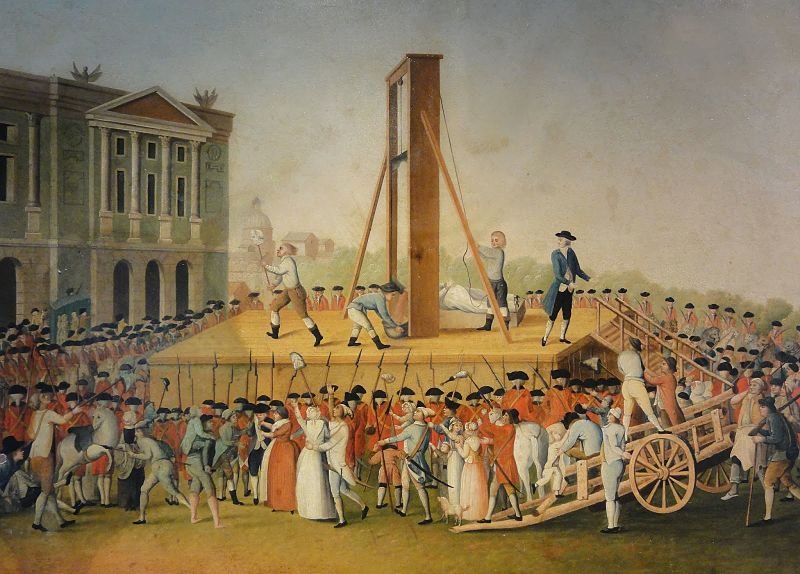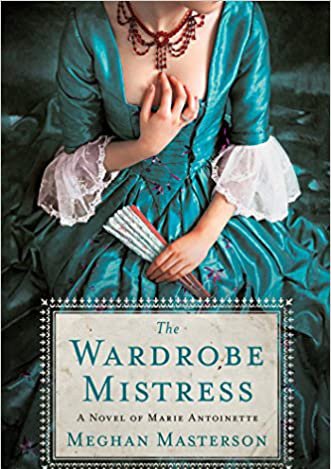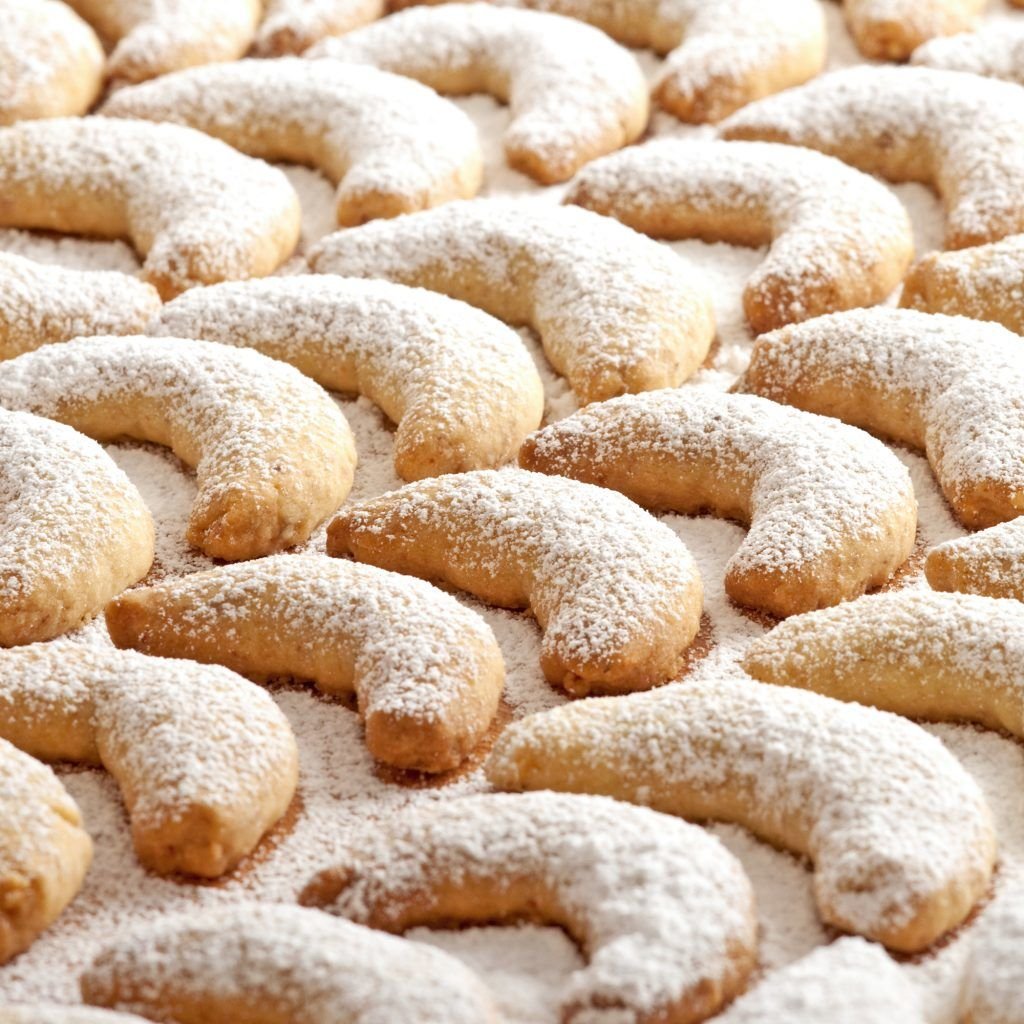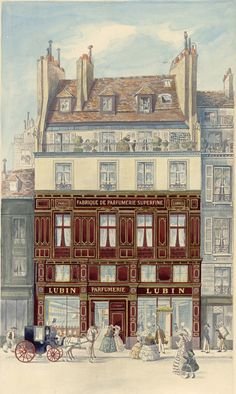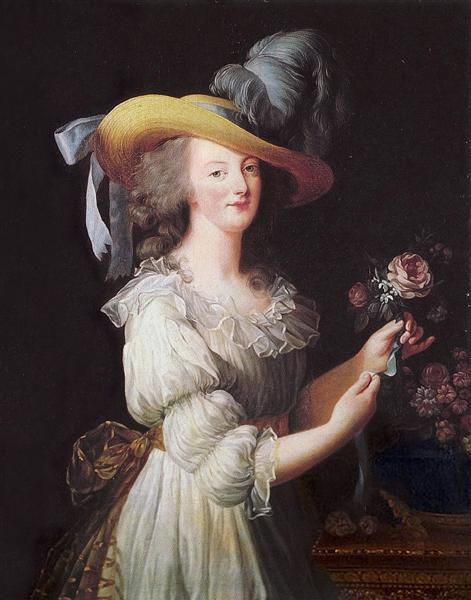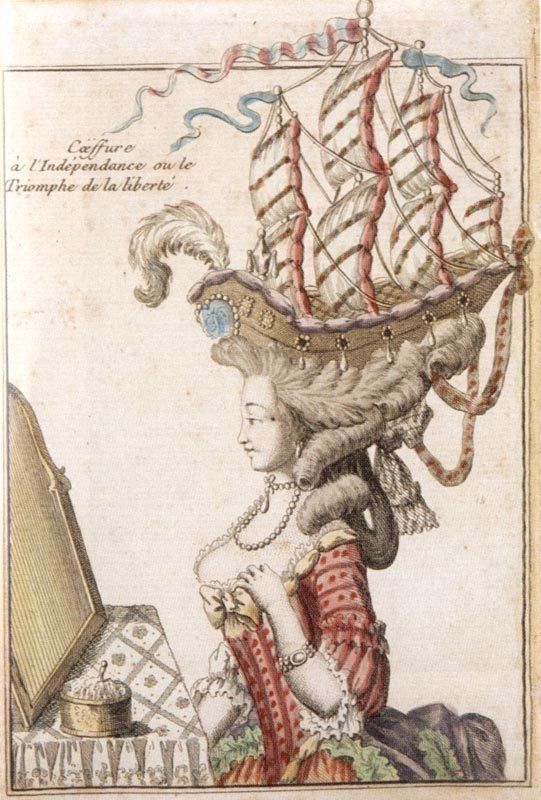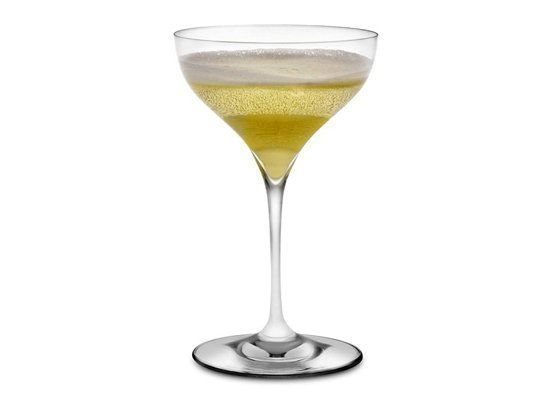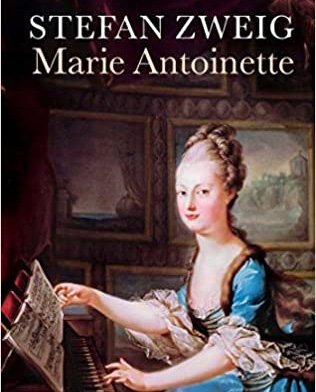The ShowMe Project
Short Histories Of Women
Misrepresented, Maligned & Marginalized
Everywhere
content curation for self-learning
Marie Antoinette
1755-1793
Marie Antoinette was an Austrian archduchess who ended up the last Queen of France, beheaded on the guillotine during the French Revolution when she was 37.
When she was 14, she was given as a bride to the 16-year-old future King Louis XVI of France as a show of alliance between the two countries after years of conflict.
A much maligned and unpopular queen, Marie Antoinette was ridiculed and demeaned by her subjects and is remembered today for her excess, debauchery, elaborate hair-dos, the famous line “Let them eat cake,” (that she never actually said) and her gruesome public execution.
But in truth, her biographers have described her as a sweet and sheltered child who grew up rich and insulated by the life she was born into, a girl and then a queen who was excluded from ruling and did what was expected of her: to bear children and set fashion trends. The attack on her morality was part of the discreditation of the monarchy, and the gossip and lies that circulated during her lifetime have lived on.
Start Here
WATCH
this four-minute overview of Marie Antoinette’s life made by the Palace of Versailles.
SEE
where she lived in the Palace of Versailles as well as the Petit Trianon, her own private estate on the palace grounds.
LISTEN
to this compelling one-hour episode on Marie Antoinette from the “You’re Wrong About” podcast.
Watch
Sofia Coppola’s fairly accurate retelling of Marie Antoinette’s story for Hollywood (not a free resource; this is the movie trailer).
READ
this informative Smithsonian Magazine that gives a short but detailed account of her life from marriage to death.
LOOK
at portraits of Marie Antoinette painted during her lifetime, many of them public relations attempts to control her image. She especially liked family paintings that reminded people she was a mother.
Watch
this video that goes into the Conciergerie, a former palace that was used as a prison in Paris, to look at the cell where Marie Antoinette was held before her execution.
Deep Dive
LISTEN
to the Noble Blood podcast episode on the Diamond Necklace Affair that hastened Marie Antoinette’s downfall.
Read
a short explanation of the Diamond Necklace Affair from the Palace of Versailles.
LOOK
at some of Marie Antoinette’s jewels included in the Royal Jewels from the Bourbon-Parma Family auction at Sotheby’s Geneva in November.
Watch
this two-hour PBS documentary on her life.
Read
about the vicious execution ballads that circulated after her death.
READ
this article on the use of political vulgarity and how Marie Antoinette was the subject of political pornography circulated in illegal pamphlets called libelles designed to degrade the monarchy.
Look
at more of the sexually graphic illustrations used to demean the queen as part of the French Revolution.
VISIT
places in Vienna and Paris where Marie Antoinette lived and died and see some of her dresses and jewellery in Ontario and Washington DC in this Smithsonian-curated travel itinerary.
VISIT
Marie’s favorite places in Paris, including her favorite teashop and bakery.
READ
one of the many historical novels that features Marie as a character. Here are a few (all links are to Amazon).
WATCH
the spicy French movie based on the book above. The story is told from the perspective of a fictious servant in Versailles and plays on rumours of the queen’s lesbian love life, rumors that were part of the French Revolution’s plot to discredit Marie. See the trailer below.
Read
this New York Times article about Elisabeth Louise Vigée Le Brum, the personal portrait painter for Marie Antoinette.
Watch
the French Revolution episode of the Supersizers TV show, a comic look at the history of food, featuring Marie and Louis XVI.
Read
an article about Marie Antoinette’s dining habits, including a love of hot chocolate and croissants.
TRY
eating like Marie Antoinette, which includes cake in the morning and soup at night (not a free resource but you can read a free sample).
LISTEN
to an interview with a French perfume maker on how he recreated Marie Antoinette’s perfume from the original formula.
Read
a book about Marie’s personal perfumer written by the woman who found the original recipe (not a free resource).
Read
about how the re-created perfume smells, as it’s no longer available to buy. For a short time, Versailles sold a small amount called Sillage de la Rein or In the Wake of the Queen for €8,000 a flask.
READ
this Vanity Fair article about how perfume house Lubin stumbled across a woman who said her ancestor had ben entrusted with the doomed queen’s last vial of perfume worn around her neck in a shiny black vial.
BUY
Lubin’s version of Marie Antoinette’s perfume, called Black Jade, which they say is a modern interpretation based on an actual surviving vial of her perfume (not free, obviously).
READ
about Marie Antoinette’s private garden, called the Queen’s Grove, and how it is being restored in 2020.
LOOK
at items and rooms in the palace of Versailles that are associated with Marie Antoinette.
READ
Ten interesting facts about Marie, including that despite the drawing above, she wasn’t allowed to ride a horse so she rode donkeys instead.
Watch
this short biography of Marie Antoinette illustrated in real-time.
READ
about Marie’s scandalous fashion trend, fueling the slave trade and crushing the French silk industry.
READ
the book Queen of Fashion: What Marie Antoinette Wore to the Revolution on how she was a fashion icon (not a free resource).
READ
about Marie Antoinette’s outrageous hairdos.
READ
a book about her personal hair stylist who created the elaborate works of art (not a free resource but you can read a free sample).
READ
a detailed debunking of the myth that the champagne coupe was modeled after Marie Antoinette’s breasts.
READ
one of her many biographies I think the following three are the best (Amazon links here, two of which have free samples):
Read
John Hardman’s in-depth biography argues that the queen had a much bigger interest in, and impact on, politics than she has ever been credited with as she attempted to emulate her extremely powerful and vivacious mother.
Read
Antonia Fraser’s easy-to-read biography was the basis for Sofia Coppola’s movie and portrays Marie Antoinette as a complex and misunderstood character rather than the vapid, out-of-touch woman she is often characterized as.
Read
Stefan Zweig’s book was published in 1932 in German and is based on letters written between Marie Antoinette and her mother as well as to her lover, the Swedish Count von Fersen. Zeweig doesn’t hold back his opinions and much of this book is a psychological analysis of Marie Antoinette’s character full of dramatic anecdotes, witty writing and creative license.
Watch
this Associated Press video that explores an exhibition on Marie Antoinette in The Conciergerie in Paris, the palace turned prison where Marie was held before her beheading.
READ
about a typical day for Marie in the palace of Versailles.
Watch
this interesting video on cleanliness and hygenie in the Palace of Versailles. This focuses more on Louis XIV but there is mention of Marie Antoinette, and her life at the palace wouldn’t have changed much from Louis XIV’s time.
For Educators
Discussion Questions
& Activities
DISCUSS
Reading different historical accounts is inevitably confusing as people and places are depicted differently and facts can contradict each other from one source to the next. What differences did you discover in learning about Marie Antoinette and why do you think that is? What do you think are the challenges for historians in writing about people who are no longer living? Where can you find reliable information?
DRAW
a self-portrait that communicates a specific quality you want people to know about you. Look at how Marie Antoinette used her portraits as a way to communicate with the public and change perceptions about her for inspiration.
discuss
The French Revolution pamphlets spread lies about Marie Antoinette as a way to discredit her. How does this compare to fake news and misinformation and disinformation today? Can you think of any specific examples?
discuss
Marie Antoinette is famous for saying “Let them eat cake,” which she never actually said, as evidence that she was out-of-touch with her people. How does repeating legends as fact affect our view of historical events? Do historians have the responsibility to verify everything that has been said about a person? Or is repeating a small lie to illustrate a bigger point ok?
MAKE
your own Marie Antoinette wig using whatever material you have to express your own personality. Look at some of her hairdos for inspiration.
discuss
How accountable should people in power be? Marie Antoinette’s biographers say she was just doing what was expected of her and hadn’t learned to do more. What do you think about this characterization of her? Can this same justification be used to excuse inaction today?
COOK
some of Marie’s favorite foods: hot chocolate with orange blossom, croissants (though 18th century croissants were a little different. Here’s a recipe for one, called a Kipferl, that would have existed during Marie Antoinette’s time) or a French almond cake, made before the invention of baking powder, when egg whites or yeast were used to leaven dough. Here are two recipes from a 1769 French cookbook you can also try, if you can understand the instructions.
discuss
Throughout history, human beings have set certain people up, such as kings and queens, in exalted positions to be gossiped about, criticized, admired and used as scape goats. Who else in history besides Marie Antoinette can you think of that this happened to? Does it still go on today? Why?
Discuss
Women have always been judged more on their aesthetic than men. Do you agree or disagree with this stament? Is this still true today or do you think society has moved past this? Do you have an personal experiences with this?
CREATE
your own personal perfume using essential oils. Marie Antoinette loved orange blossom and her perfume was a mix of orange blossom, jasmine, iris and rose.
discuss
Before photography, Marie Antoinette’s portraits were an effort in public relations. Look at images of her paintings and try to figure out what she was trying to say in each one. How do celebrity photos do the same today? Can you think of any current examples?
discuss
Marie Antoinette was murdered because of what she represented rather than who she was as a person. Is it common for celebrities to be thought of as larger than life? When else can you think of this happening?

